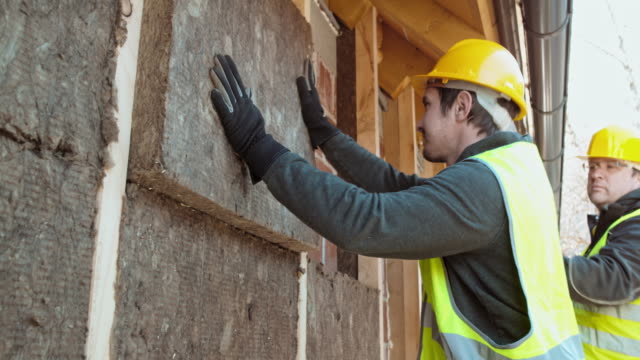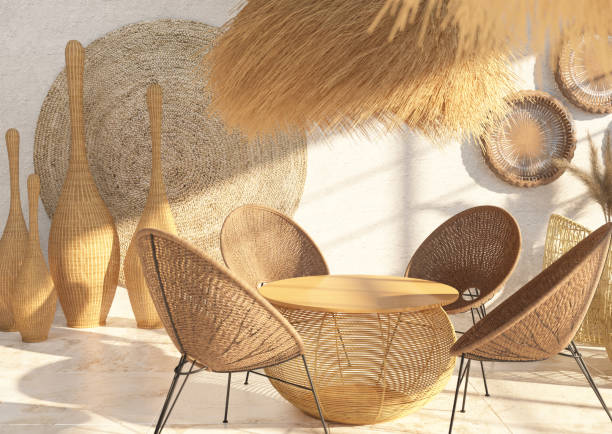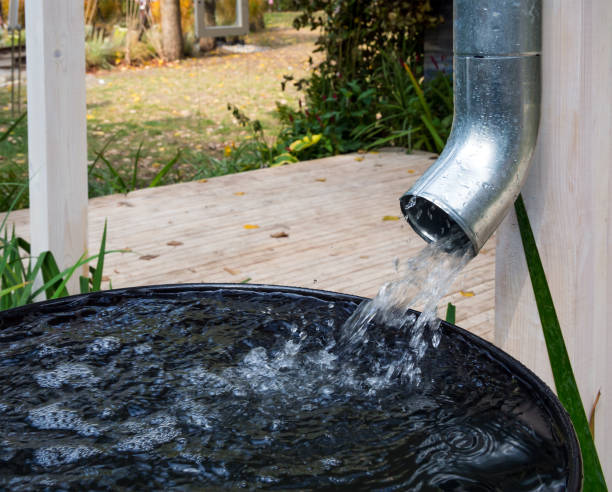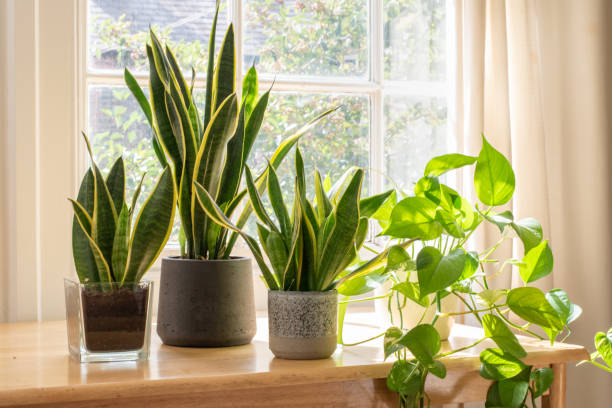In today’s world, many people are seeking ways to reduce their environmental impact, live more simply, and create a home that is both affordable and eco-friendly. Building or transforming your home to be nature-friendly doesn’t have to break the bank. By incorporating minimalism and sustainable practices, you can design a comfortable, stylish, and cost-effective living space that supports the environment.
Here’s how you can make your home nature-friendly, affordable, and minimalist, all at once.
1. Embrace Minimalism: Less is More
A minimalist home isn't just about decluttering—it's a lifestyle that prioritizes simplicity and function. Here’s how to embrace minimalism:

- Declutter Regularly: Keep only what you need and love. Donate, recycle, or sell items that no longer serve a purpose.
- Choose Multipurpose Furniture: Opt for furniture pieces that serve multiple functions, such as a sofa that converts into a bed or a coffee table with storage space.
- Neutral and Simple Design: Focus on neutral colors and simple designs that can stand the test of time, reducing the need for frequent decor updates.
2. Incorporate Sustainable Building Materials
When it comes to making a home eco-friendly, the materials you use make all the difference. Consider these sustainable options:

- Reclaimed Wood: Reusing old wood for flooring, cabinetry, or furniture is not only eco-friendly but also gives your home a unique, rustic charm.
- Bamboo: This fast-growing, renewable resource is great for flooring, blinds, or even kitchenware.
- Natural Insulation: Use eco-friendly insulation materials like wool, cotton, or cellulose to regulate temperature while reducing energy consumption.
- Recycled Steel and Glass: These materials can be repurposed in construction and home decor, reducing the demand for new resources.
3. Energy Efficiency Saves Money and the Planet
One of the best ways to make your home more affordable and eco-friendly is to reduce energy consumption. Here’s how:

- Install Energy-Efficient Windows: Double or triple-glazed windows help insulate your home, keeping it warm in winter and cool in summer, cutting down on heating and cooling costs.
- LED Lighting: Replace traditional bulbs with energy-efficient LED lights that last longer and consume less power.
- Solar Panels: While the initial cost of solar panels can be high, they’ll significantly reduce your electricity bills in the long run by harnessing renewable energy from the sun.
4. Opt for Natural and Eco-Friendly Furnishings
Your furniture and home decor should reflect your commitment to sustainability. Here are some tips:

- Sustainable Wood Furniture: Choose furniture made from responsibly sourced or reclaimed wood.
- Eco-Friendly Fabrics: Look for upholstery and textiles made from organic cotton, hemp, or linen. These materials are biodegradable and produced without harmful chemicals.
- Handmade and Locally Sourced: Support local artisans and craftspeople by purchasing handmade goods, which reduces the carbon footprint of manufacturing and shipping.
5. Use Water Efficiently
Water conservation is a critical part of creating an eco-friendly home. Implement these strategies to reduce water usage and save money:

- Install Low-Flow Fixtures: Low-flow showerheads and faucets reduce water consumption without sacrificing performance.
- Rainwater Harvesting: Install a rain barrel to collect rainwater, which can be used for gardening and outdoor cleaning.
- Dual-Flush Toilets: These toilets offer two flushing options (one for liquid waste and another for solid waste), helping to reduce water usage.
6. Bring Nature Indoors with Plants
Houseplants are a natural way to purify indoor air and bring life to your home. Here’s how to incorporate them:

- Choose Low-Maintenance Plants: Spider plants, succulents, and snake plants are easy to care for and great at improving indoor air quality.
- Indoor Gardens: Create a mini herb garden in your kitchen or living room to add greenery while also providing fresh herbs for cooking.
- Natural Air Fresheners: Plants like lavender, mint, and rosemary release pleasant scents that can naturally freshen your home, eliminating the need for chemical sprays.
7. Use Recycled or Upcycled Decor
One way to keep costs down while staying eco-friendly is to upcycle or repurpose old items:

- Upcycle Old Furniture: Instead of buying new, give old furniture a new life by sanding, painting, or reupholstering it.
- Thrift and Vintage Shopping: Explore secondhand stores for unique, pre-loved decor items that add character to your home without contributing to waste.
- DIY Projects: Create your own decor using recycled materials like glass jars, wooden pallets, or fabric scraps.
8. Choose Eco-Friendly Paints and Finishes
Many paints and finishes release harmful chemicals known as VOCs (volatile organic compounds). Opt for:

- Low-VOC or No-VOC Paints: These paints are safer for the environment and your health.
- Natural Finishes: Use natural wood oils, waxes, or water-based finishes to protect and preserve wood surfaces in an eco-friendly way.
9. Reduce, Reuse, Recycle
Make recycling a priority in your home to reduce waste:

- Set Up Recycling Stations: Make it easy to sort paper, plastic, glass, and organic waste in your home by setting up designated bins.
- Compost: Start a compost bin to turn organic kitchen waste into nutrient-rich soil for your garden.
- Repurpose Old Items: Think creatively about how you can repurpose items you no longer need, rather than throwing them away.
10. Natural Cleaning Products
Keep your home clean without harming the environment by using natural and non-toxic cleaning products:

- DIY Cleaners: Vinegar, baking soda, and lemon can be used to create effective and eco-friendly cleaning solutions.
- Biodegradable Cleaners: If you prefer store-bought products, choose biodegradable, plant-based cleaners that won’t pollute the environment.
